Hot on the heels of Miyazaki’s The Wind Rises comes another animated masterpiece. Studio Ghibli co-founder Takahata’s rich and astonishing swansong vividly brings an ancient Japanese folktale to life.
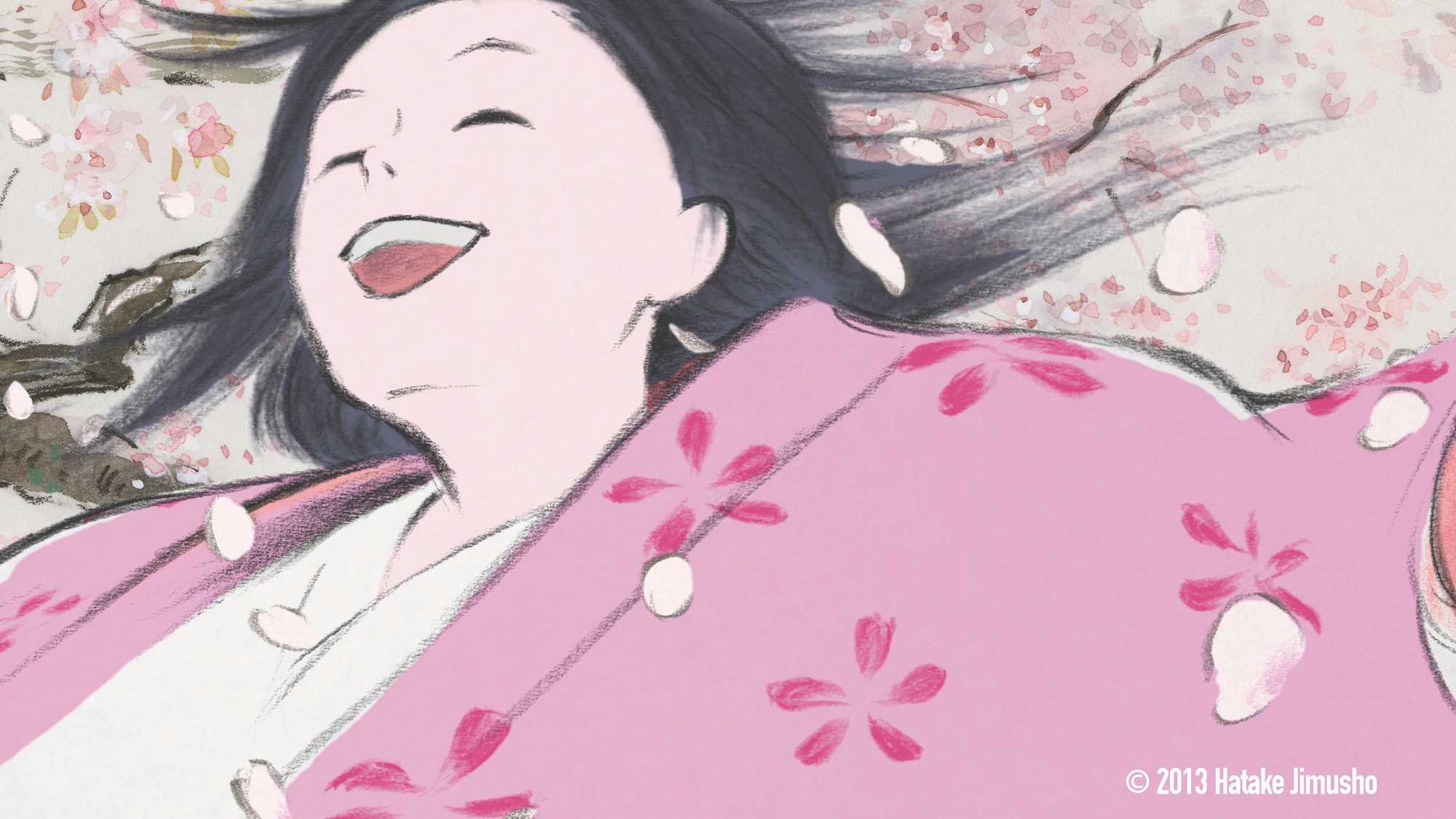
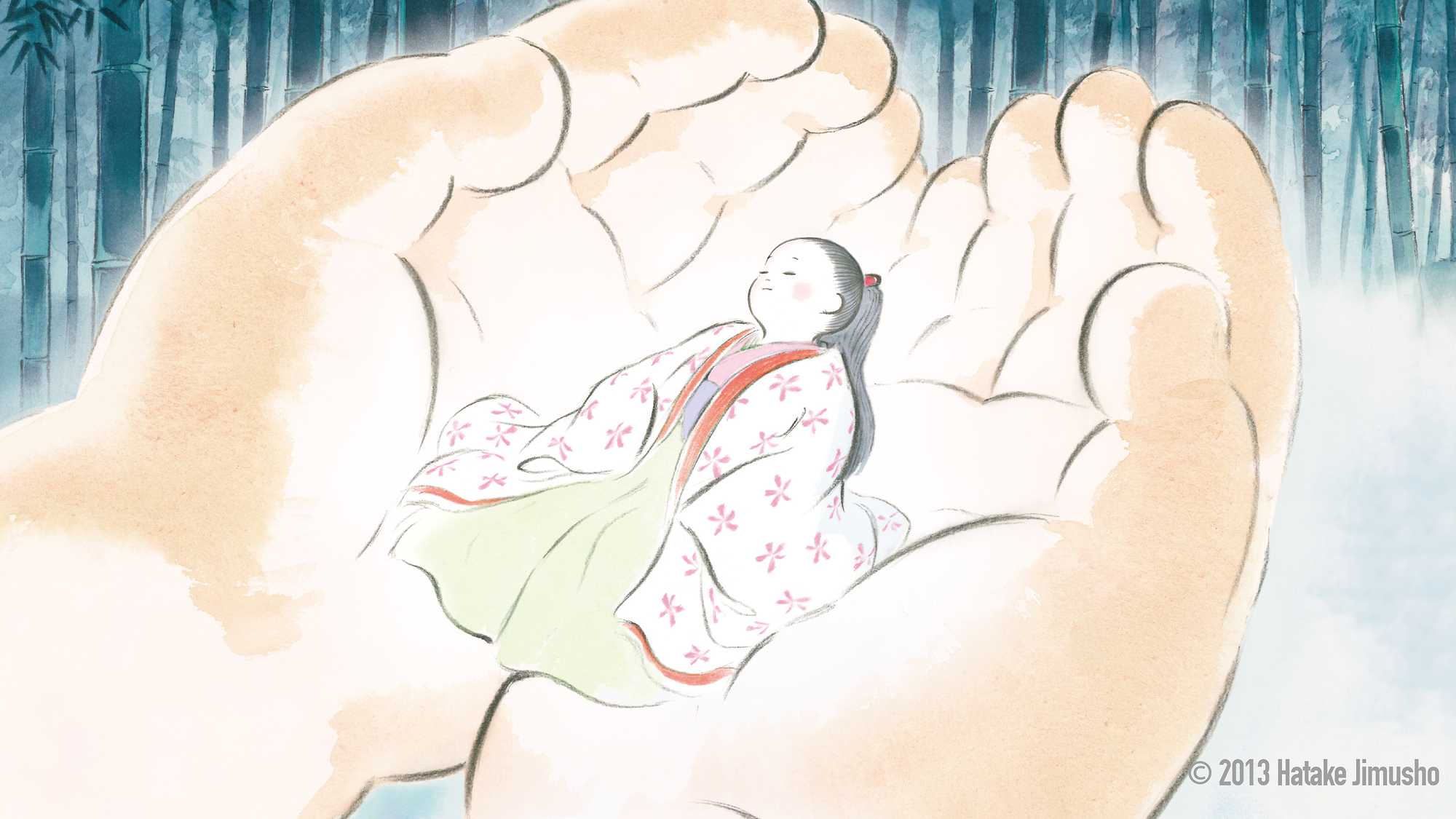
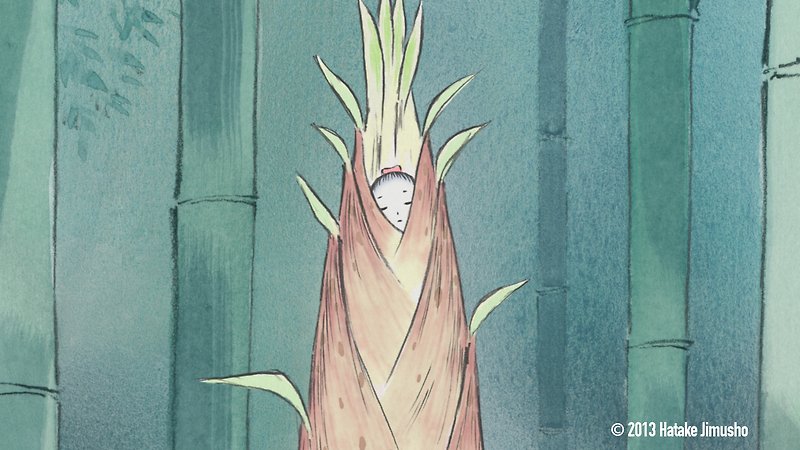
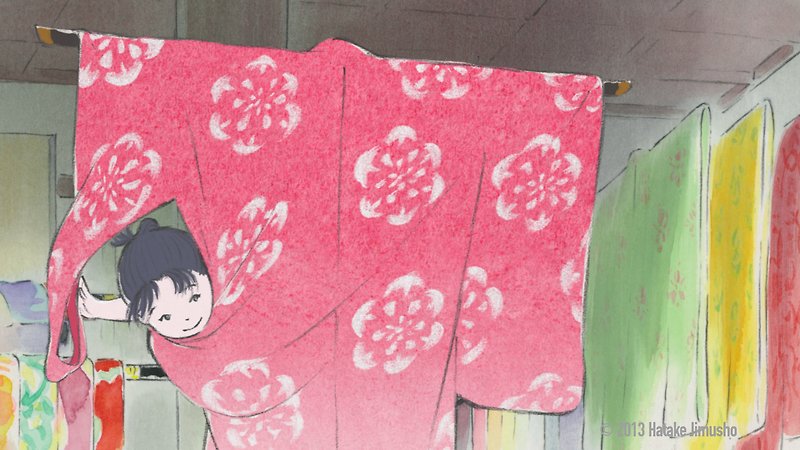
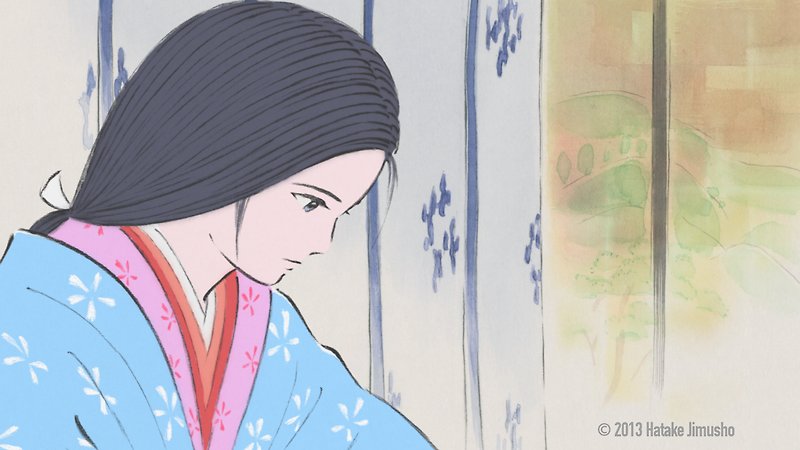
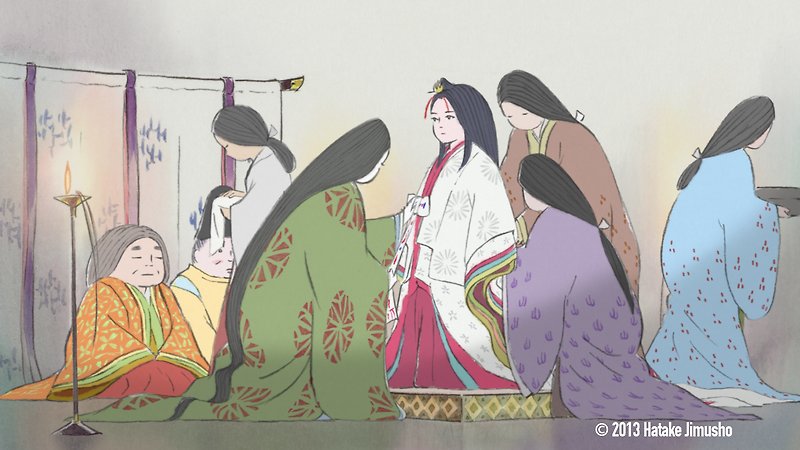
A visionary tour de force, morphing from a childlike gambol into a sophisticated allegory on the folly of materialism and the evanescence of beauty.
Screened as part of NZIFF 2014
The Tale of The Princess Kaguya 2013
Kaguya-hime no monogatari
Eight years in the making and hot on the heels of Miyazaki’s The Wind Rises, Studio Ghibli co-founder Takahata’s adaptation of a centuries old Japanese folktale proves to be an equally remarkable farewell film by another master of Japanese animation.
Beautifully animated in a hand-drawn storybook style, the film takes us into a timeless world where a humble bamboo cutter finds a miniature doll-like princess tucked inside a bamboo shoot. He quickly returns home to share the discovery with his wife, but both are shocked when the little princess is suddenly transformed into a wailing baby. The couple adopt the child as their own and when gifts of gold and fine silks are found in the forest they decide they must abandon their pastoral lifestyle so that they can raise their young girl to be a proper princess.
“Takahata’s film… looks like an ancient scroll-painting come to life: its characters, sketched in charcoal, crackle with expressive energy, while loose, vivid ink-strokes become dappled sunlight, bursting blossoms and falling snow. In one astonishing sequence, as beautiful and imaginative as anything Ghibli has yet created, a character fleeing a palace becomes nothing much more distinct than a flutter of red fabric, surrounded by an expressionistic whirl of snowy hillsides and tangled trees… This is a rich and astonishing swansong for Takahata, whose love of mischief and tender, expressionistic style have been essential steering forces at Studio Ghibli.” — Robbie Collin, The Telegraph